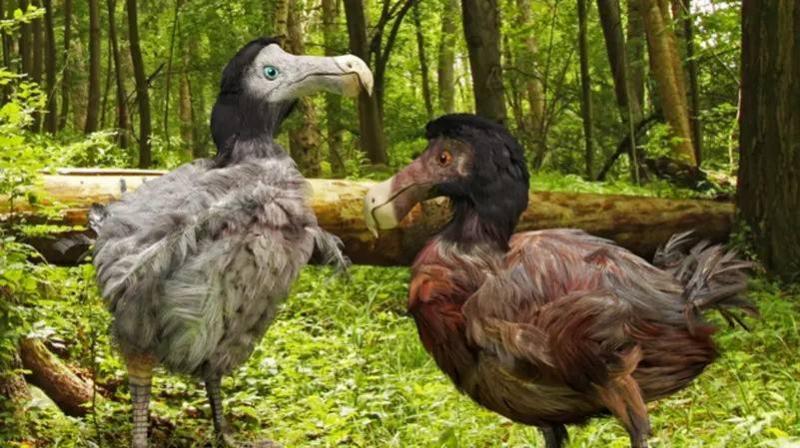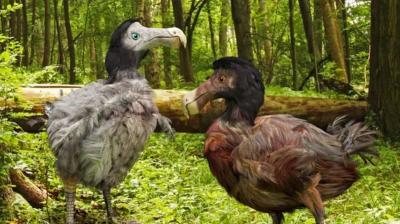In a remarkable scientific advancement, scientists have revealed that they are attempting to bring the dodo bird, which became extinct 350 years ago, back to life. For this purpose, a genetics engineering company has used DNA obtained from bone samples of the bird, such as the skull, to conduct a full genome sequencing of the species. The company is working on developing genetically modified chickens with the hope that they will serve as surrogate mothers to carry the embryos of the extinct birds, according to the British website "The Sun."
The scientists have already achieved a milestone by successfully sequencing the complete genome of the extinct species from bone samples and other fragments. The next step involves modifying the genes of skin cells from a living relative, the Nicobar pigeon, so that its genome matches that of the extinct bird. The goal is to make the genome identical to that of the extinct bird, or as close as possible, with the help of the Crispr-Cas9 gene-editing tool, a technology that can "cut and paste" small pieces of DNA, enabling scientists to delete or modify specific genes to more accurately represent the animal they aim to recreate.
Additionally, this genetically modified cell must be used to form an embryo and complete it in a living surrogate mother, according to the newspaper. These large, flightless animals went extinct within a few decades after European explorers arrived on the island of Mauritius, located east of Madagascar in the Indian Ocean, their native habitat, around 350 years ago. The dodo bird got its name from a Portuguese word meaning "fool," after European colonizers mocked its apparent lack of fear of human hunters.




